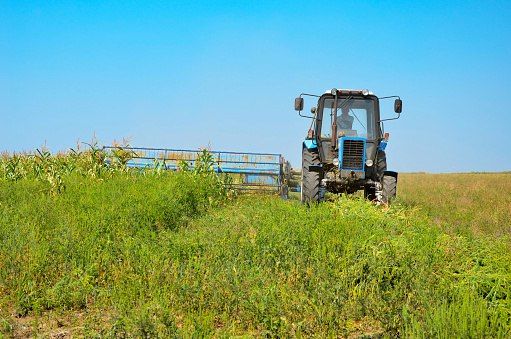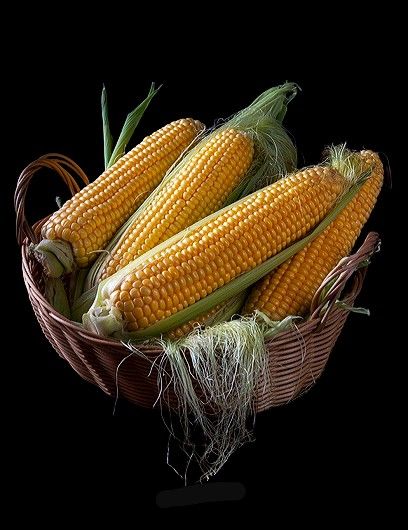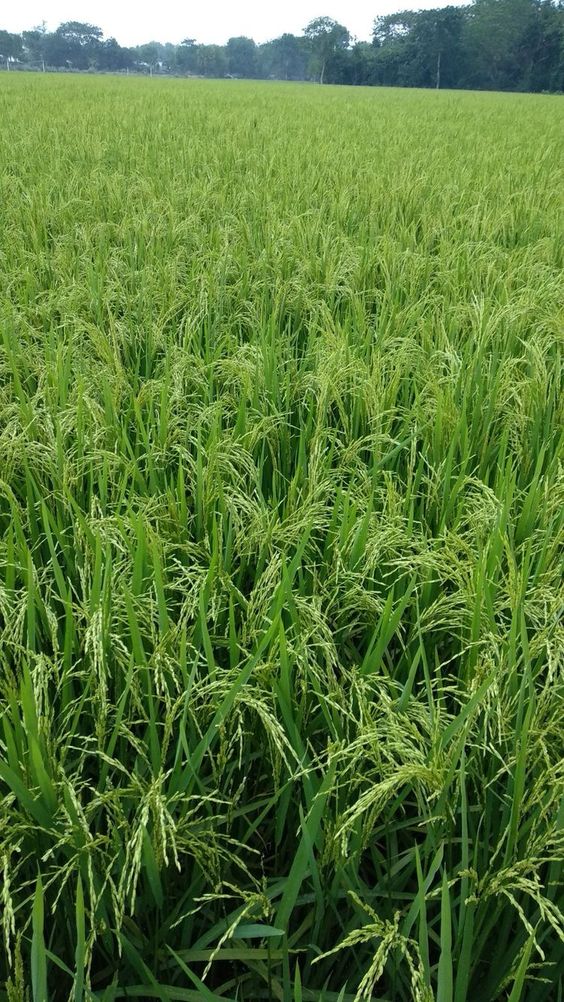Harnessing the Power of Data: How Agricultural Equipment Telemetry is Revolutionizing Smart Agriculture
Agricultural Equipment Telemetry sector, long considered a traditional industry, is undergoing a significant transformation driven by technological advancements. One of the most impactful innovations is the rise of Smart Agriculture, which leverages data and technology to optimize farming practices and improve efficiency. Within this ecosystem, agricultural equipment telemetry plays a critical role in collecting and transmitting valuable data from farm machinery, providing farmers with real-time insights to make informed decisions and enhance their operations.
Contents
Introduction to Agricultural Equipment Telemetry
Agricultural equipment telemetry refers to the technology used to collect and transmit data from farm equipment in real-time. Sensors embedded within various machinery, such as tractors, combines, and irrigation systems, continuously monitor critical parameters like engine performance, fuel consumption, soil moisture levels, and crop health. This data is then transmitted wirelessly through cellular networks or satellites to a central platform, where it is processed, analyzed, and visualized for farmers to access and utilize.
Benefits of Agricultural Equipment Telemetry for Smart Agriculture
The integration of agricultural equipment telemetry into Smart Agriculture practices offers a multitude of benefits for farmers, including:
Enhanced decision-making: Real-time data on equipment performance, fuel efficiency, and field conditions empowers farmers to make informed decisions about their operations. For instance, data on fuel consumption can help optimize routes and save on fuel costs, while soil moisture data can guide irrigation decisions, minimizing water waste and ensuring optimal crop growth.
Improved operational efficiency: By remotely monitoring equipment performance, farmers can identify potential issues early on, allowing for timely maintenance and preventing costly breakdowns during critical periods. Telemetry data can also be used to optimize maintenance schedules, extending the lifespan of equipment and reducing repair costs.
Implementation of Agricultural Equipment Telemetry
The implementation of agricultural equipment telemetry involves several key steps:
Selection of sensors and equipment: Farmers need to choose appropriate sensors based on the specific data they require and the compatibility with their existing machinery. Telemetry systems may also include gateways for data transmission and software platforms for data visualization and analysis.
Installation and configuration: Sensors are installed on the chosen farm equipment, and the telemetry system is configured to collect and transmit data securely. This process typically involves technical expertise to ensure proper integration and functionality.
Data access and utilization: Farmers can access the collected data through user-friendly dashboards or mobile applications. Training and support are often provided by telemetry solution providers to ensure farmers can effectively interpret and utilize the data for their specific needs.
Future of Agricultural Equipment Telemetry
The future of agricultural equipment telemetry is promising, with continuous advancements in sensor technology, data analytics, and connectivity expected to further revolutionize Smart Agriculture practices. Key trends to watch include:
Integration with other agricultural technologies: Telemetry data is likely to be seamlessly integrated with other Smart Agriculture technologies like drones, weather stations, and agricultural robots, creating a comprehensive data ecosystem for informed decision-making.
Advanced data analytics and artificial intelligence: The use of artificial intelligence (AI) and machine learning (ML) algorithms will enable deeper insights from telemetry data, allowing for predictive maintenance, automated decision-making, and further optimization of farm operations.
Improved connectivity and data security: As the agricultural sector becomes increasingly reliant on data, ensuring robust and secure connectivity solutions will be crucial. Advancements in satellite technologies and the development of secure data transmission protocols will be essential for reliable data collection and transmission.
Conclusion
Agricultural equipment telemetry is not just a technological innovation but a paradigm shift in the way farmers approach their operations. By harnessing the power of data, farmers can gain valuable insights, optimize resource utilization, and make informed decisions, ultimately leading to increased efficiency, profitability, and sustainability in the agricultural sector. As technology continues to evolve, agricultural equipment telemetry will undoubtedly play a pivotal role in shaping the future of Smart Agriculture, empowering farmers to cultivate a brighter and more prosperous future.




